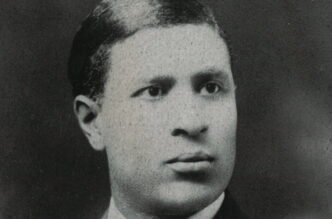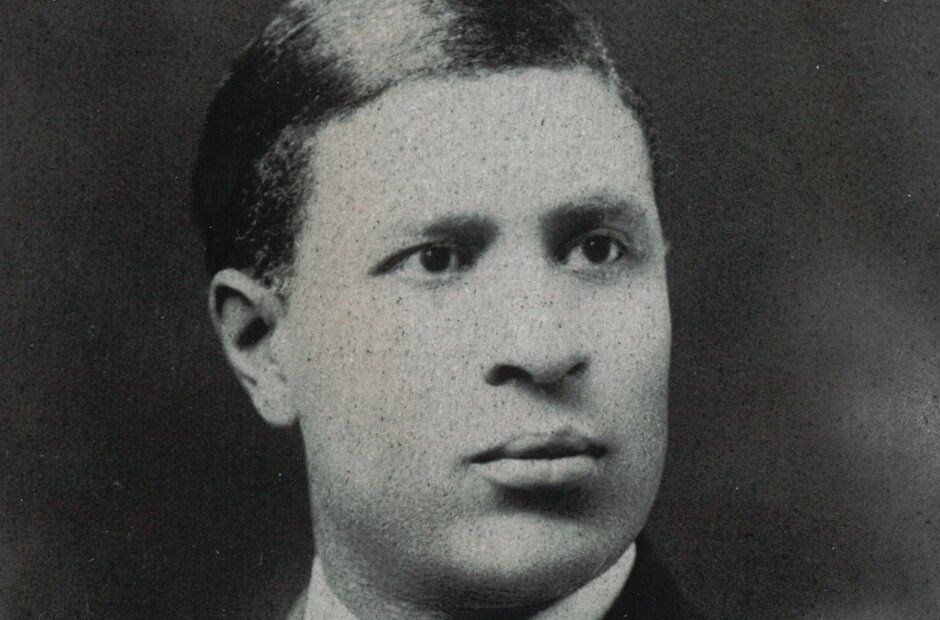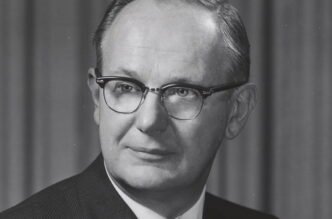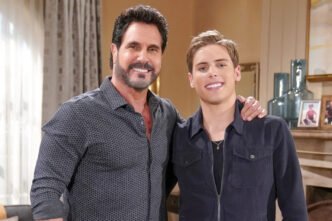Basic Information
| Full Name | Garrett Augustus Morgan |
|---|---|
| Birth Date | March 4, 1877 |
| Death Date | July 27, 1963 |
| Profession | Inventor, Entrepreneur, Community Leader |
| Primary Location | Cleveland, Ohio, United States |
| Notable Inventions | Safety Hood (1914), Three-Way Traffic Signal (1923) |
| Key Businesses | G. A. Morgan Hair Refining Co., National Safety Device Co. |
Early Life and Background
Garrett Augustus Morgan, born on March 4, 1877, in Paris, Kentucky, emerged from humble beginnings as the son of formerly enslaved parents. His early life was marked by limited formal education—he left school at age 14 to work on farms and in factories—but his innate curiosity and mechanical aptitude propelled him forward. Moving to Cincinnati and then Cleveland, Ohio, in his late teens, Morgan honed his skills as a sewing machine repairman, a trade that sparked his inventive spirit. This foundation in mechanics and problem-solving laid the groundwork for his groundbreaking contributions to public safety and entrepreneurship.
By the early 1900s, Morgan had established himself in Cleveland’s vibrant Black community, where he opened his own sewing machine shop. His entrepreneurial drive led to the development of hair care products, including a hair straightening cream that birthed the G. A. Morgan Hair Refining Company. This business success provided the financial stability to pursue larger innovations, as detailed in historical accounts from sources like Wikipedia and Biography.com. Morgan’s story is one of self-made triumph, reflecting the resilience of African American inventors during an era of systemic barriers.
Major Inventions and Achievements
Garrett Morgan’s inventive genius shone brightest in his creations aimed at enhancing human safety. In 1914, he patented the “safety hood,” an early precursor to the modern gas mask. This device featured a hood with breathing tubes that allowed users to inhale clean air in smoke-filled or toxic environments, a revolutionary concept at the time. Morgan’s hood gained national acclaim following its use in the 1916 Lake Erie crib disaster, where he personally led a rescue effort to save trapped workers from poisonous gases, as chronicled in Wikipedia.
Equally impactful was his 1923 patent for a three-way traffic signal, which introduced a “caution” phase to the existing stop-and-go systems, significantly reducing accidents at intersections. This invention addressed the chaos of early automobile traffic and was later sold to General Electric, marking a pivotal financial milestone in his career. Morgan’s work extended to other ventures, including the National Safety Device Company, which marketed his hood to firefighters and industrial workers. His achievements earned him recognition as the “Black Edison,” a testament to his prolific output in an age of innovation.
| Year | Invention/Achievement | Description |
|---|---|---|
| 1914 | Safety Hood Patent | Early gas mask design for smoke and toxic gas protection |
| 1916 | Lake Erie Rescue | Used safety hood to save lives in tunnel explosion |
| 1923 | Three-Way Traffic Signal Patent | Introduced caution signal; sold to General Electric |
These inventions not only saved lives but also influenced modern safety standards, with the traffic signal evolving into today’s automated systems, as explored by the Federal Highway Administration.
Notable Career Events and Commercial Outcomes
Morgan’s career was punctuated by events that amplified his inventions’ impact. The 1916 Lake Erie incident, where his safety hood facilitated the rescue of over 20 men, catapulted him into the national spotlight, leading to widespread adoption by fire departments across the U.S. He tirelessly demonstrated the device at expositions and trade shows, overcoming racial prejudices to secure sales. By the 1920s, his traffic signal invention addressed the growing perils of urban traffic, culminating in its 1923 patent and subsequent sale, reportedly for a substantial sum that bolstered his enterprises.
Commercially, Morgan founded multiple companies, including those focused on hair products and safety devices, achieving financial independence rare for Black entrepreneurs of his time. Historical narratives, such as those in WIRED, highlight how he sold the traffic signal rights to General Electric, a deal that underscored his business acumen. Despite facing discrimination—such as needing white actors to demo his hood in the South—Morgan’s persistence led to lasting commercial success and community leadership in Cleveland.
Public Image and Legacy
Garrett Morgan’s public image endures as a symbol of ingenuity and perseverance, particularly within African American history. Celebrated as a pioneering Black inventor, he has been inducted into the National Inventors Hall of Fame and honored by organizations like the Institute of Transportation Engineers. His legacy is preserved in museums, educational programs, and local commemorations, such as Garrett A. Morgan Day in Cuyahoga County, as noted in Spectrum News 1.
Morgan’s influence extends to modern safety protocols; his hood inspired World War I gas masks, and his traffic signal laid the foundation for contemporary traffic management. In Cleveland, where he lived most of his life, institutions like Case Western Reserve University document his contributions through encyclopedic entries. Family ties, including his son Cosmo Henry Morgan (1919-1985), are noted in genealogical records, though Cosmo led a more private life. Morgan’s story continues to inspire, featured in Black History Month tributes and social media posts, like those on Instagram.
Recent Commemorations and Ongoing Influence
In recent years, Garrett Morgan’s legacy has seen renewed vigor through educational and commemorative initiatives. The Garrett Morgan Sustainable Transportation Competition, sponsored by the U.S. Department of Transportation and partners like the Mineta Transportation Institute, engaged students in 2024 and 2025, fostering innovation in his name. Local media in Cleveland, including Signal Cleveland and Axios, have profiled his enduring impact, with events marking anniversaries of his inventions.
As of 2025, Morgan’s name graces schools, awards, and historical markers, ensuring his contributions to public safety remain relevant. His induction into halls of fame, such as at invent.org, and features in transportation history underscore his timeless influence. Future generations will continue to benefit from his visionary work, as competitions and tributes keep his spirit alive in innovation circles.
FAQ
What were Garrett Morgan’s most famous inventions?
Garrett Morgan is best known for inventing the safety hood in 1914, an early gas mask prototype, and the three-way traffic signal in 1923, which introduced a caution phase to improve road safety. These innovations have had lasting impacts on firefighting equipment and modern traffic control systems.
How did the 1916 Lake Erie incident boost Garrett Morgan’s reputation?
The 1916 Lake Erie crib explosion allowed Morgan to demonstrate his safety hood in a real-life rescue, saving trapped workers from toxic gases and earning national recognition for the device. This event highlighted the practical value of his invention and led to its adoption by fire departments across the country.
What businesses did Garrett Morgan establish?
Morgan founded the G. A. Morgan Hair Refining Company for hair care products and the National Safety Device Company to market his safety hood. These ventures showcased his entrepreneurial skills and contributed to his financial success as a self-made businessman.
How is Garrett Morgan commemorated today?
Garrett Morgan is honored through events like Garrett A. Morgan Day, inductions into inventor halls of fame, and competitions such as the Garrett Morgan Sustainable Transportation Competition. His legacy is celebrated in museums, schools, and media during Black History Month and beyond.
What was Garrett Morgan’s role in his community?
As a community leader in Cleveland, Morgan advocated for civil rights and supported local initiatives, using his success to uplift the African American community. He was involved in organizations and used his platform to address social issues, cementing his status as a civic figure.
Did Garrett Morgan sell his traffic signal invention?
Yes, Morgan sold the rights to his three-way traffic signal to General Electric in the 1920s, a transaction that marked a significant commercial achievement. This deal allowed for wider production and implementation of his design, influencing global traffic management.








